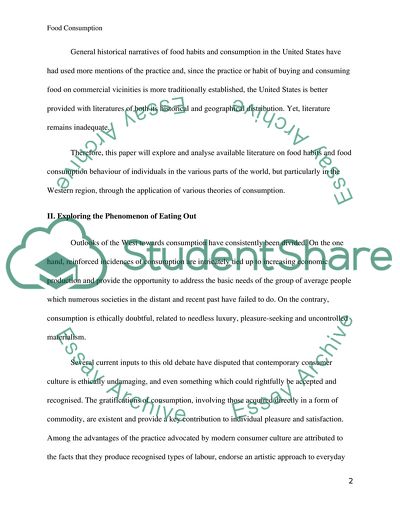Cite this document
(“Consumer behaviour Essay Example | Topics and Well Written Essays - 3250 words”, n.d.)
Retrieved from https://studentshare.org/miscellaneous/1555036-consumer-behaviour
Retrieved from https://studentshare.org/miscellaneous/1555036-consumer-behaviour
(Consumer Behaviour Essay Example | Topics and Well Written Essays - 3250 Words)
https://studentshare.org/miscellaneous/1555036-consumer-behaviour.
https://studentshare.org/miscellaneous/1555036-consumer-behaviour.
“Consumer Behaviour Essay Example | Topics and Well Written Essays - 3250 Words”, n.d. https://studentshare.org/miscellaneous/1555036-consumer-behaviour.


